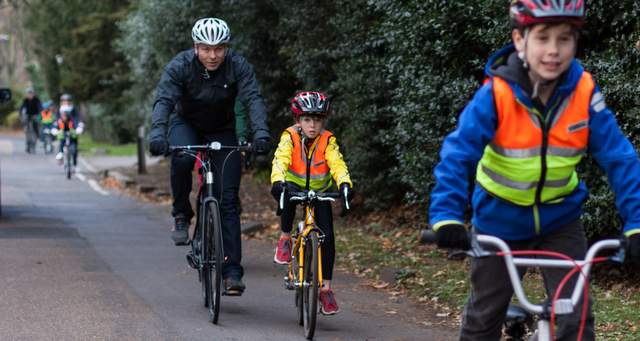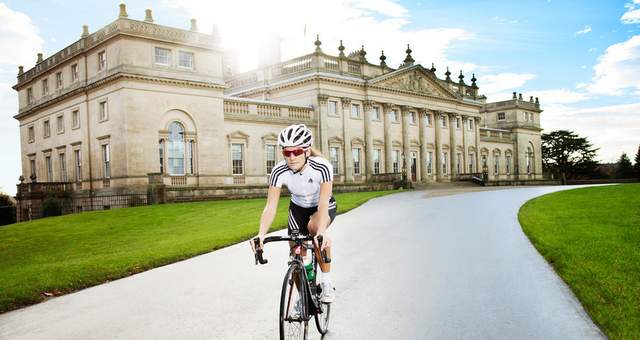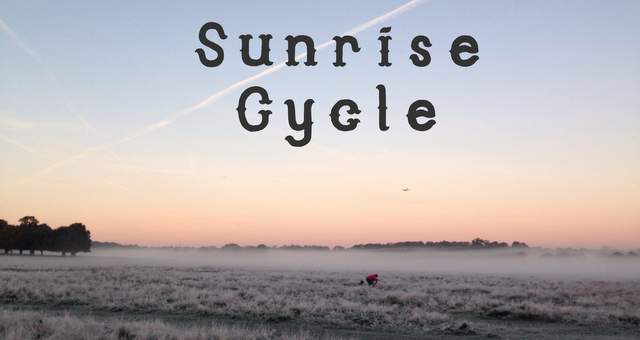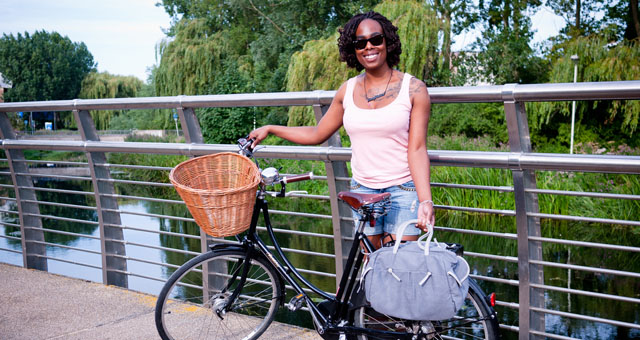When I was asked to put together a piece on cycling safety, in the light of the recent spate of fatalities among London cyclists, my first thought was to search for statistics that proved my viewpoint. That is, that I do not believe cycling to be unsafe.

This is demonstrated by the fact that I cycle in London traffic, and that recent events will not and have not stopped me doing so.
It was easy enough to find stats that ‘proved’ cycling safety was improving and that cycling was by and large pretty safe. It was just as easy to find stats that ‘proved’ it was worsening. You can find stats to back up either side of the argument.
What is not in doubt is that every death involving a cyclist is splashed across the front page of a newspaper, and every death involving a motorist or pedestrian is not.
It is the rarity of cycling deaths that makes them newsworthy. It is positive that the media continues to make such a huge fuss. It makes change more likely, and change towards safer cycling conditions can only be a good thing.
‘But I thought you said cycling was safe!’ I hear pedants roar. Yes I did. But we can always improve and we should always seek to improve.
The flip-side of this coverage, and the accompanying hysteria from the motorists vs cyclists vs everybody hates pedestrians ‘debate’, is that it runs the risk of putting people off. Fear of dying, or being injured, on a bike is understandable, but that fear doesn’t necessarily make death or injury more likely to happen. I also find it frustrating that any coverage of cycling in mainstream media always comes back to safety, or is criticised if it does not.
Safety is vitally important but there are other things about cycling we can, and should, talk about. I just don’t accept that we are putting our lives at risk every single time we get on our bikes and if you truly, honestly feel that you do, I suggest you either invest in some cycling training to improve your confidence or find another way to get around.
Here are some things about safe cycling which I do believe to be true.
I believe my own safety is first and foremost my own responsibility. I sincerely hope motorists will look out for me, as I look out for cyclists when I am behind the wheel. I am not prepared to take the chance that they might not.
I will make eye contact, I will take primary position, I will hold up traffic if I believe I need to in order to remain safe, and – I will wear high vis without considering the act of doing so to be akin to labelling myself a victim-in-waiting.
I believe there is risk associated with everything we do and the risks associated with cycling in London, or anywhere for that matter, are risks with which I am comfortable. I do not think everybody has to be, or ‘should’ be, comfortable with these risks, but I believe these risks are vastly overstated and over-inflated in casual everyday reporting.
I believe that it is possible to improve cycling safety in the UK and would like to see this happen. Long-term an infrastructure that offers cyclists their own space, rather than sharing with motor vehicles, would be the best solution. I doubt it would eradicate the risk of injury or death on a bike altogether. Accidents can, and will, always happen.
Until that infrastructure has been put in place, which may well not be in my lifetime, I believe we should be working to educate cyclists and motorists. It would be hard to enforce any form of compulsory test for cyclists, but putting an expectation on beginners to take part in cycling training to learn the safest way to share roads is just common sense.
Ditto to include a section on safe conduct around cyclists in the theoretical and practical driving tests all motorists must sit is also common sense. A working knowledge of the Highway Code is essential for all road users, but in any given situation where collision becomes likely I believe both parties should do what makes them safe ahead of what the Highway Code says.
If we have right of way but a vehicle is clearly not going to stop for us then we must stop, for our own safety. This applies whether we are on bikes, in cars or on foot. Yes, we are in the right and they are wrong. If we had a Dutch-style infrastructure this would never happen. But we don’t, and I see no moral victory in coming off worse but having the high ground.
More education is also vital to remove the way we currently talk about cycling safety and sharing space. Cyclists vs motorists vs pedestrians, as if you can only belong to one ‘camp’. We’re all people. Some of us use bikes, some drive cars, some do both, we all at some point walk. We all deserve consideration and we all deserve respect. Cyclists and pedestrians most definitely deserve more consideration than motorists because they are more vulnerable. But being more likely to come off worse in an altercation means we should be taking more care of ourselves, not less.
At the end of the day I 100% support anything that will make cyclists, or human beings as I prefer to think of us, safer. One untimely death is one death too many. I understand why cyclists scream to the rooftops about how dramatically and appallingly unsafe conditions for cyclists are – because without these voices there can be no change. I do not agree with every assertion made by the cycling safety lobby, nor do I have to in order to want change.
What form that change will take is open for debate, but a rational and reasonable debate not shrieking hysteria from both sides.
Cycling safety leads the news agenda, and rightly so. Change is undoubtedly in the air. We can all sense it. Critical mass is approaching. What does safe cycling look like to you?
If you would like to add or respond to Cathy’s article, please do get in touch with your thoughts: [email protected]





